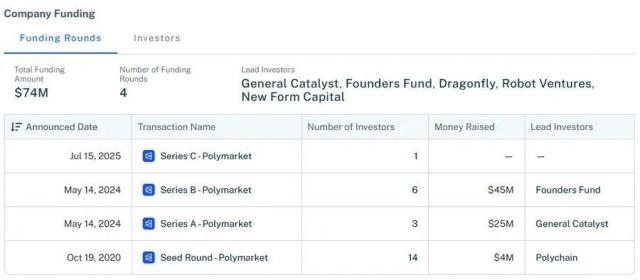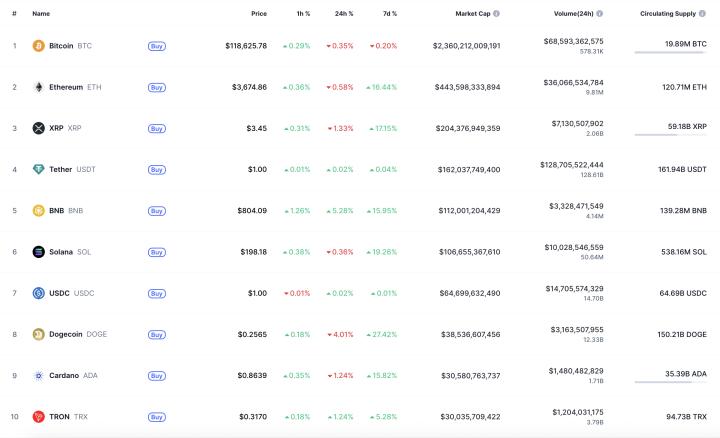It can be said that under the support of institutions and national forces, these emerging stablecoin projects are driving the function of stablecoins from a "Web3 liquidity tool" to a value bridge connecting Web3 and the real economic system, and their use cases are gradually penetrating from exchanges and wallets into diverse applications such as supply chain finance, cross-border trade, freelancer settlements, and OTC scenarios.
Behind the Surge, What Are the Real Challenges for Stablecoins?
Objectively speaking, while the GENIUS bill has granted stablecoins institutional recognition, it has also brought more compliance requirements and set clearer regulatory boundaries for their development.
For instance, issuers need to accept KYC/AML management, funds must have custody isolation and third-party audits, and there might be issuance limits or usage restrictions in extreme cases. This means stablecoins have obtained a legal identity but have formally entered the "regulated monetary role".
From this perspective, whether stablecoins can break through the application limitations of the Web3 label is the key to achieving incremental landing. Ultimately, the greatest growth potential of stablecoins lies not within the Crypto internal circle, but in the broader Web2 and global real economy.
Like USDT and USDC's main increments, they no longer come from on-chain interactive users, but are spread across small and medium-sized enterprises and individual merchants with strong cross-border settlement needs, emerging markets and financially disadvantaged regions unable to access the SWIFT network, inflation-country residents eager to escape local currency volatility, and content creators and freelancers unable to use PayPal or Stripe.
In other words, its largest increment is not in Web3, but in Web2 - the real killer application of stablecoins is not the "next DeFi protocol", but "replacing traditional USD accounts".
This means that once stablecoins become the foundational carrier of digital dollars globally, they will inevitably touch upon sensitive nerves such as monetary sovereignty, financial sanctions, and geopolitical order.
Therefore, the next stage of stablecoin growth will be closely related to the new map of US dollar globalization and will become a new battlefield among governments, international institutions, and financial giants.
In Conclusion
The essence of currency issuance has always been an extension of power, depending not only on asset reserves and clearing efficiency but also on national credit, regulatory approval, and international status.
Stablecoins are no exception. To truly penetrate the real economic system from the Crypto world, market mechanisms or commercial logic alone are ultimately insufficient. Therefore, the compliance support brought by the global policy shift in 2025 is indeed an important driver for stablecoins to go mainstream, but it also means they must survive in a more complex game.
This is a long-cycle game, and we are at the stage where it truly begins.
Disclaimer: As a blockchain information platform, the articles published on this site represent only the personal views of the authors and guests, and are not related to Web3Caff's stance. The information in the article is for reference only and does not constitute any investment advice or offer. Please comply with the relevant laws and regulations of your country or region.







